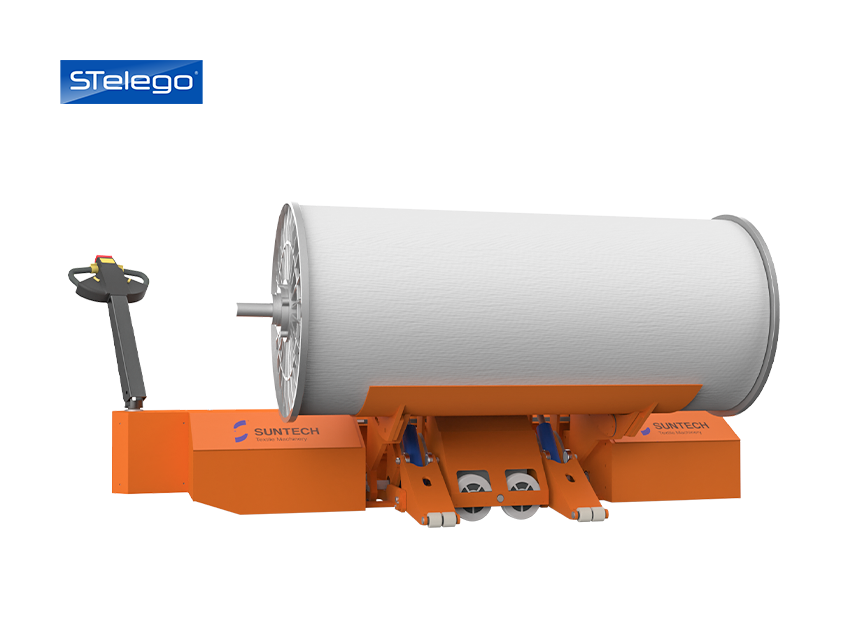Understanding the Importance of Warp Beam Trolleys
In the textile industry, warp beam trolleys play a crucial role in ensuring the smooth transportation and handling of warp beams. These trolleys are designed to carry heavy loads and facilitate the movement of beams from one stage of the production process to another. Choosing the right warp beam trolley is essential for maintaining efficiency and safety in your operations.

Assessing Your Industrial Requirements
Before selecting a warp beam trolley, it's important to evaluate your specific industrial needs. Consider the weight and dimensions of the warp beams you handle, as well as the layout of your facility. For instance, if you operate in a space with narrow aisles, a compact and maneuverable trolley would be ideal. Additionally, think about the frequency of use and the types of materials your beams are made of, as these factors will influence the durability and design of the trolley you choose.
Key Features to Look For
When choosing a warp beam trolley, there are several key features to consider:
- Load Capacity: Ensure the trolley can handle the maximum weight of your warp beams.
- Stability and Balance: Look for trolleys with a low center of gravity to prevent tipping.
- Ease of Maneuverability: Trolleys with swivel casters and ergonomic handles make navigation easier.
- Durability: Opt for trolleys made from robust materials that can withstand heavy use.
- Adjustability: Some trolleys offer adjustable features to accommodate different beam sizes.
Innovative Solutions for Modern Needs
In today's fast-paced industrial environment, innovation is key. Modern warp beam trolleys come with advanced features such as automated lifting mechanisms, which reduce manual labor and increase efficiency. Additionally, some trolleys are equipped with digital tracking systems to monitor the movement and usage of warp beams, providing valuable data for optimizing your operations.
Examples of Practical Applications
Consider a textile factory that handles large volumes of warp beams daily. By investing in a high-capacity, automated warp beam trolley, the factory can significantly reduce the time and effort required to transport beams, leading to increased productivity. Similarly, a smaller workshop with limited space might benefit from a compact, manually operated trolley that offers excellent maneuverability and ease of use.
Conclusion
Choosing the right warp beam trolley for your industrial needs involves careful consideration of various factors, including load capacity, stability, maneuverability, durability, and adjustability. By understanding your specific requirements and exploring innovative solutions, you can select a trolley that enhances efficiency and safety in your operations. Remember, the right warp beam trolley is an investment in the smooth and successful functioning of your textile production process.


